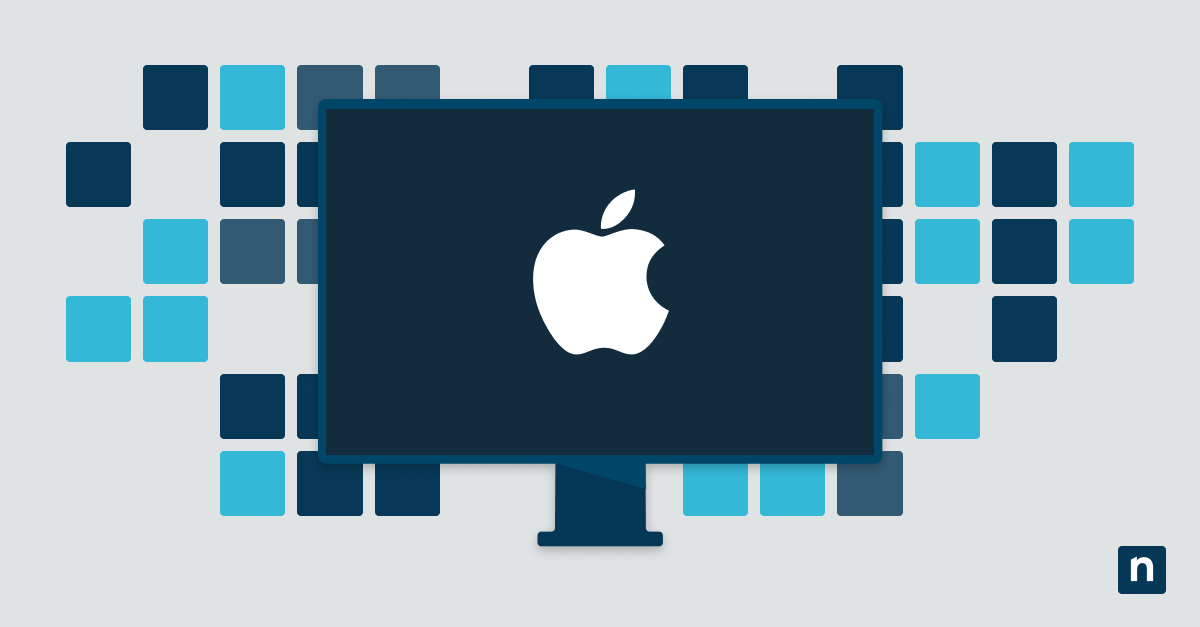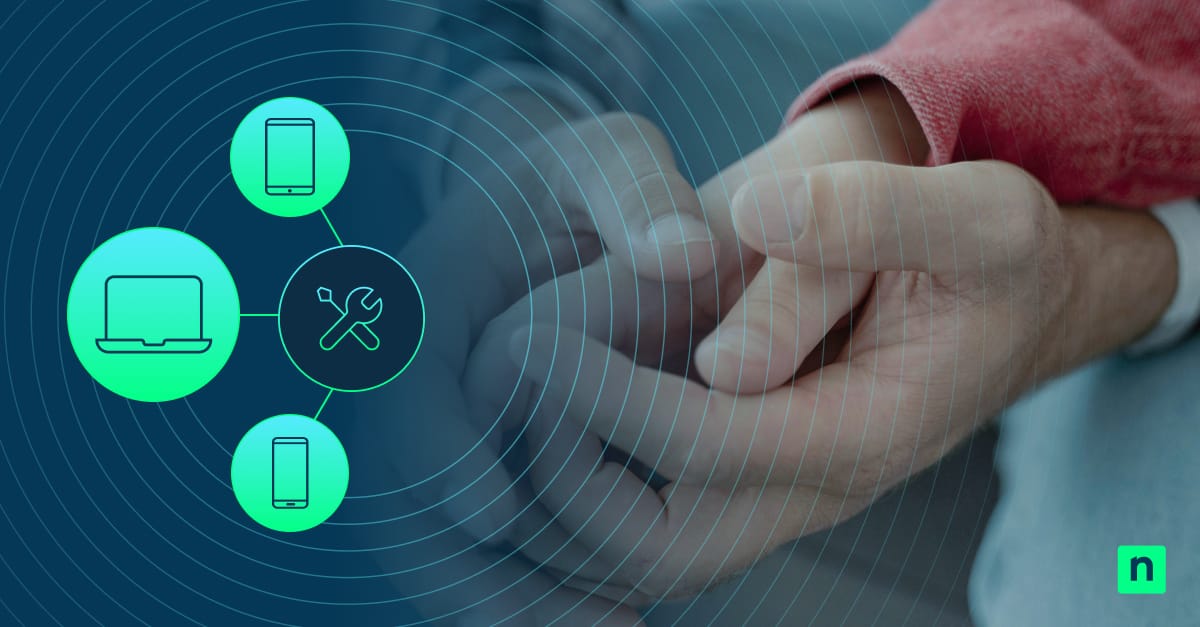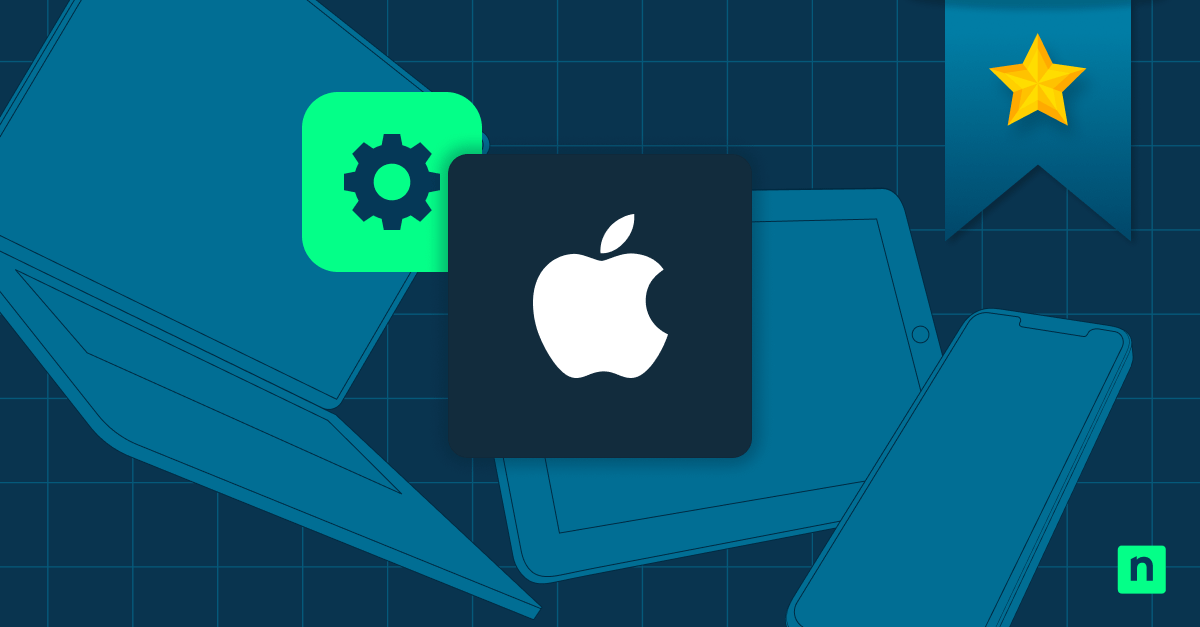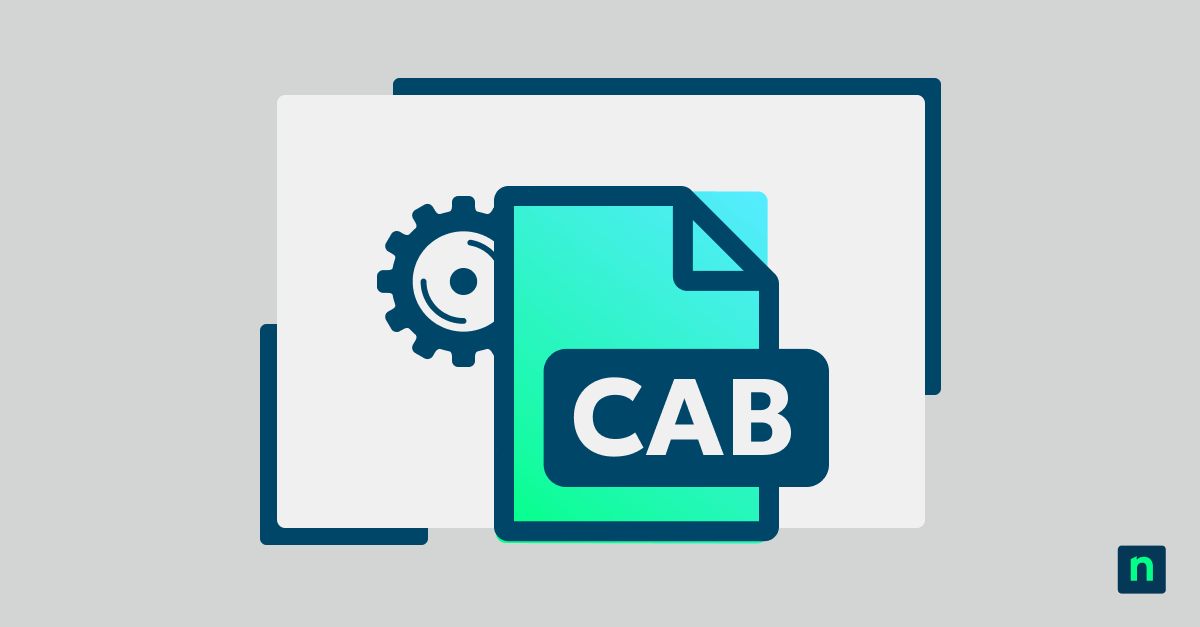Today, almost every IT department or MSP uses some form of mobile technology. Even though smartphones, laptops, tablets, and other mobile endpoints are incredibly useful for an organization, they can be difficult to manage. TechFunnel’s article on mobile devices in the workplace announces that one laptop is stolen every 53 seconds, while 7 million smartphones are lost every year.
To ensure that the data and systems on these devices remain safe, organizations rely on mobile device management (MDM). Look below to dive into the details of MDM, its benefits in IT, and the advantages it provides for businesses.
6 reasons businesses need mobile device management
Although security is an important function of MDM, this software solution also provides additional advantages for an organization. With effective MDM strategies, you can improve your IT security, efficiency, manageability, and support.
1) Strengthened security
MDM provides an extra layer of security for mobile devices. An organization that uses MDM can take preventative measures against cyberattacks, data leaks, unauthorized access, and more.
2) Enhanced efficiency
With MDM, technicians can easily deploy and manage updates to ensure that all mobile endpoints receive the latest software. This allows mobile device users to function more efficiently than before, thus boosting overall productivity.
3) Increased manageability
No matter where mobile devices are located, technicians can monitor and manage them remotely with MDM. Many MDM providers offer scalable solutions, allowing businesses to increase their remote workforce and manage a growing number of mobile devices with ease.
4) Improved support
Because MDM automates many time-consuming processes, it provides excellent support for IT teams. This reduces the need for IT administration so that technicians can focus their attention on other matters.
5) Granular application control
With an MDM solution, businesses are better able to manage the applications deployed on all the mobile devices in their IT environment. This allows IT departments to streamline the deployment of new devices by automating the installation of necessary software and configurations. MDM appliaction management tools also allow businesses to prohibit the installation of unauthorized applications.
6) Enables Bring Your Own Device (BYOD) policies
BYOD policies allow for better productivity and flexibility. However, because employees are using their personal devices, they could expose sensitive business data to risks. With an MDM, IT teams can provision BYOD endpoints to create a personal profile and a corporate one, safeguarding both the businesses’ data and employees’ personal information.
Why mobile device management is important
MDM is beneficial not only from a tech viewpoint but also from a business viewpoint. Because of this, MDM helps multiple departments within a business, not only IT and tech teams.
Benefits of MDM
-
Costs
Since MDM supports the bring your own device (BYOD) practice, organizations with this software can save money and encourage employees to use their own mobile devices. However, even if an organization does not follow the BYOD practice, the cost of MDM is still worth it. It saves resources since it reduces endpoint downtime and ensures that all departments have up-to-date tools and information on their devices.
-
Workflow
The remote workforce grows larger and larger every year, so the number of mobile endpoints that businesses need to manage also increases. MDM gives employees the tools they need to function at peak productivity both inside and outside of the office.
-
Communication
Mobile devices allow teams around the world to communicate and work together. MDM ensures that these devices remain secure for fast and easy communication.
-
Compliance
Organizations that don’t use MDM struggle to keep all their mobile devices in compliance with legal requirements and IT standards. With an MDM solution that uses a single pane of glass display, organizations can ensure that all devices are in compliance from one screen.
-
Security
Safeguarding confidential data and mitigating the risks of data breaches are critical considerations for organizations. An MDM solution strengthens network security. In addition, an MDM solution offers solutions
-
Remote support
Minimizing downtime caused by device issues improves the overall productivity of any business. Your IT support specialists can troubleshoot and resolve any issues with mobile devices regardless of where they are.
-
Automation
Leveraging automation reduces the need for manual intervention, greatly improving an organization’s overall productivity. MDMs offer powerful automation tools that enable users to enroll new devices, schedule patch deployments, and more.
Mobile device management (MDM) & remote monitoring & management (RMM)
One software solution that often goes hand-in-hand with MDM is remote monitoring and management, also referred to as RMM. MDM uses the native APIs from device manufacturers to manage data and devices, while RMM uses proprietary agents on endpoints to manage devices.
Differences between MDM vs. RMM
MDM and RMM are similar software solutions, but they do have some differences. Some of the main differences to remember as you choose a solution include:
MDM vs RMM
When to Use Each (or Both) to Manage Devices for Distributed Workforces
MDM vs. RMM functions comparison
The purpose of MDM strategies and solutions is to provide IT leaders with insight into mobile endpoints and allow them to administer devices, such as smartphones, laptops, and tablets, to team members. The purpose of RMM strategies and solutions is to provide insight into an entire IT infrastructure (which includes servers, networks, and workstations) and all its assets.
In other words, MDM allows IT teams to administer and manage mobile devices while protecting the data on these mobile endpoints, and RMM allows IT teams to manage and monitor their entire IT portfolio and provide remote support to other team members.
MDM vs. RMM benefits comparison
As mentioned above, MDM improves security, efficiency, compliance, visibility, and IT support. RMM reduces IT costs and complexity while improving visibility, support, efficiency, security, and asset productivity. Since MDM and RMM both provide various benefits for an organization, it’s best to use them together to create a secure and efficient IT infrastructure.
MDM vs. RMM solutions comparison
Now that you know more about MDM and RMM, you’re probably wondering how to choose the best solution for your business. RMM is an essential software solution for organizations and IT teams of all sizes, so it should definitely be on your list of software to purchase. However, since MDM is necessary for the safety and security of mobile endpoints, organizations that use mobile devices should also consider using MDM.
In fact, the way to get the most out of these software solutions is to use them together. With MDM and RMM, you can create a safe and secure IT environment that is also efficient and productive.
Secure your endpoints with NinjaOne’s MDM and RMM solutions
Because of today’s mobile workforce and the rising use of technology, MDM and RMM are more important now than ever before. Secure your endpoints and create an efficient IT environment by partnering with NinjaOne.
With NinjaOne’s MDM software and RMM solution, you can instantly take control of your entire IT portfolio. Start your free trial, and take the first step in creating the ultimate IT infrastructure.








